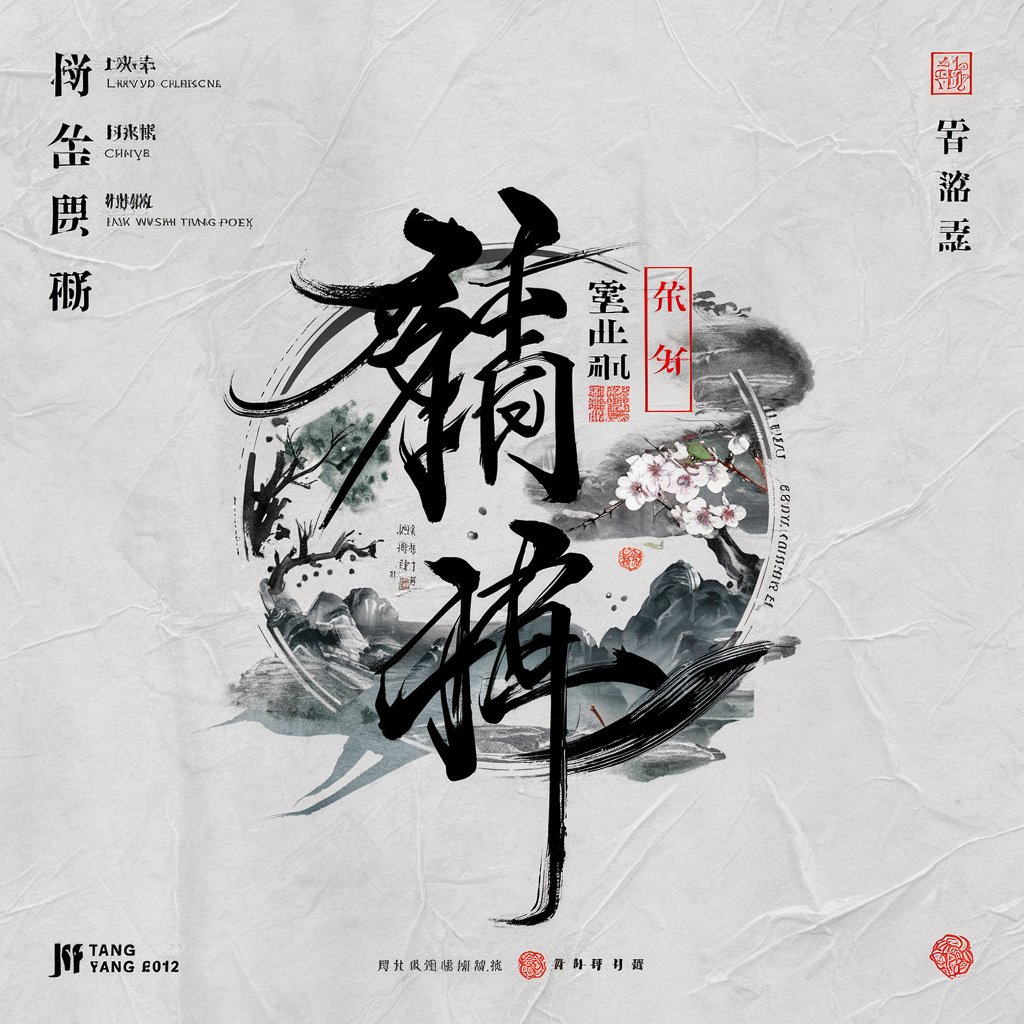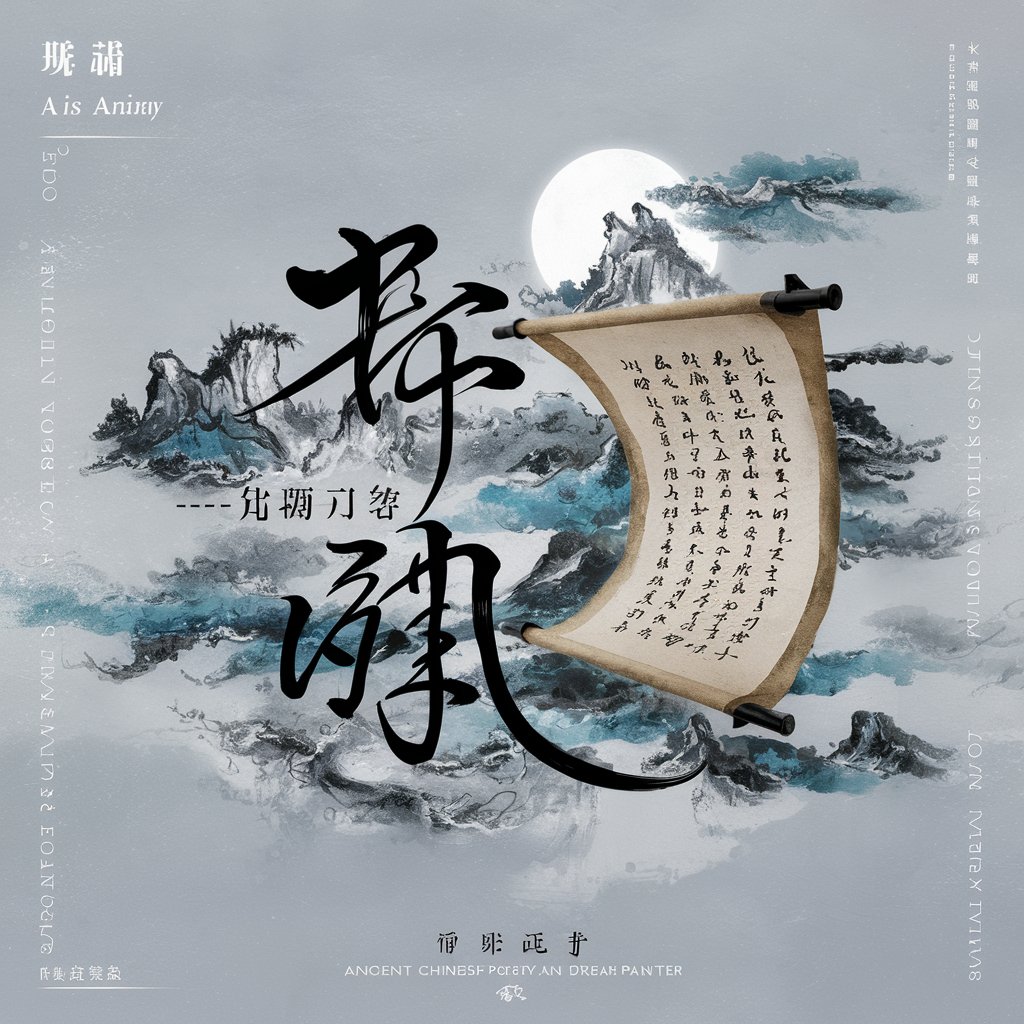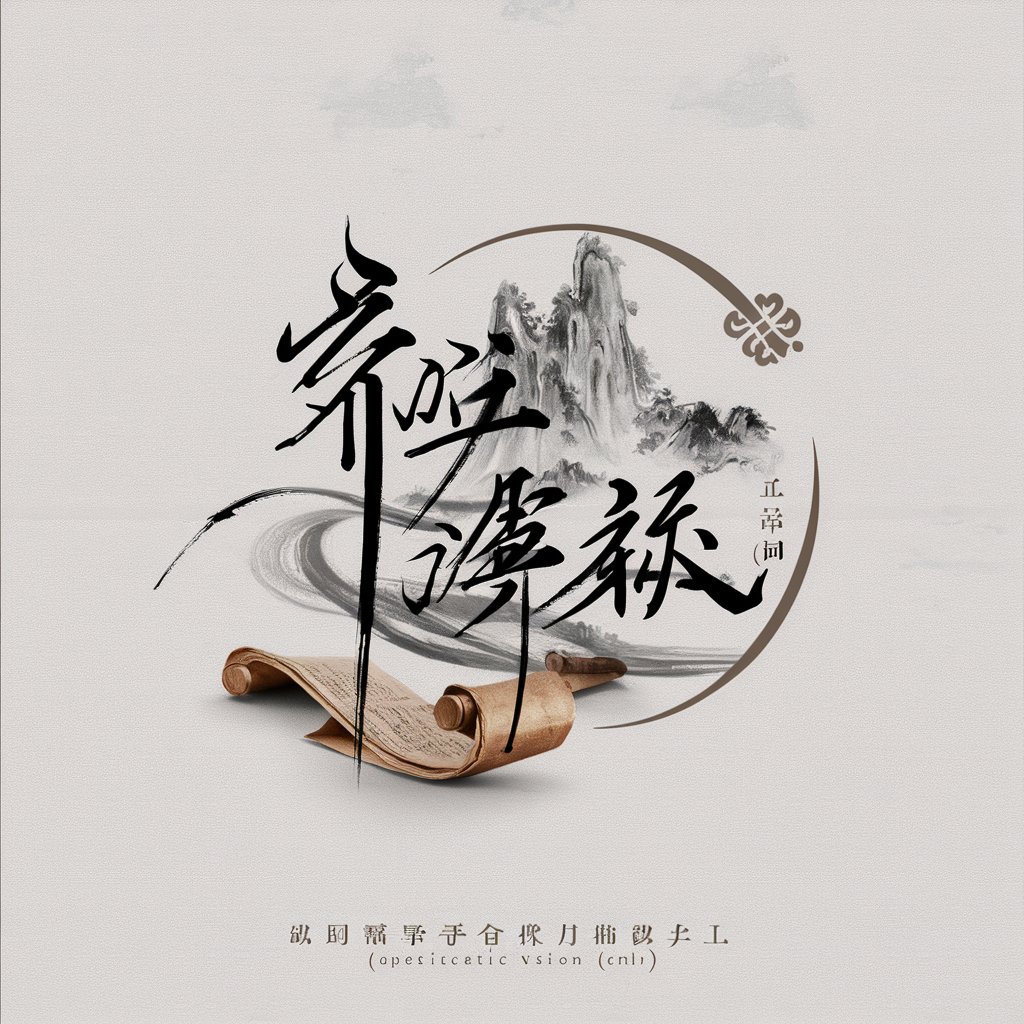
Tang Poetic Vision - Artistic Tang Poem Analysis
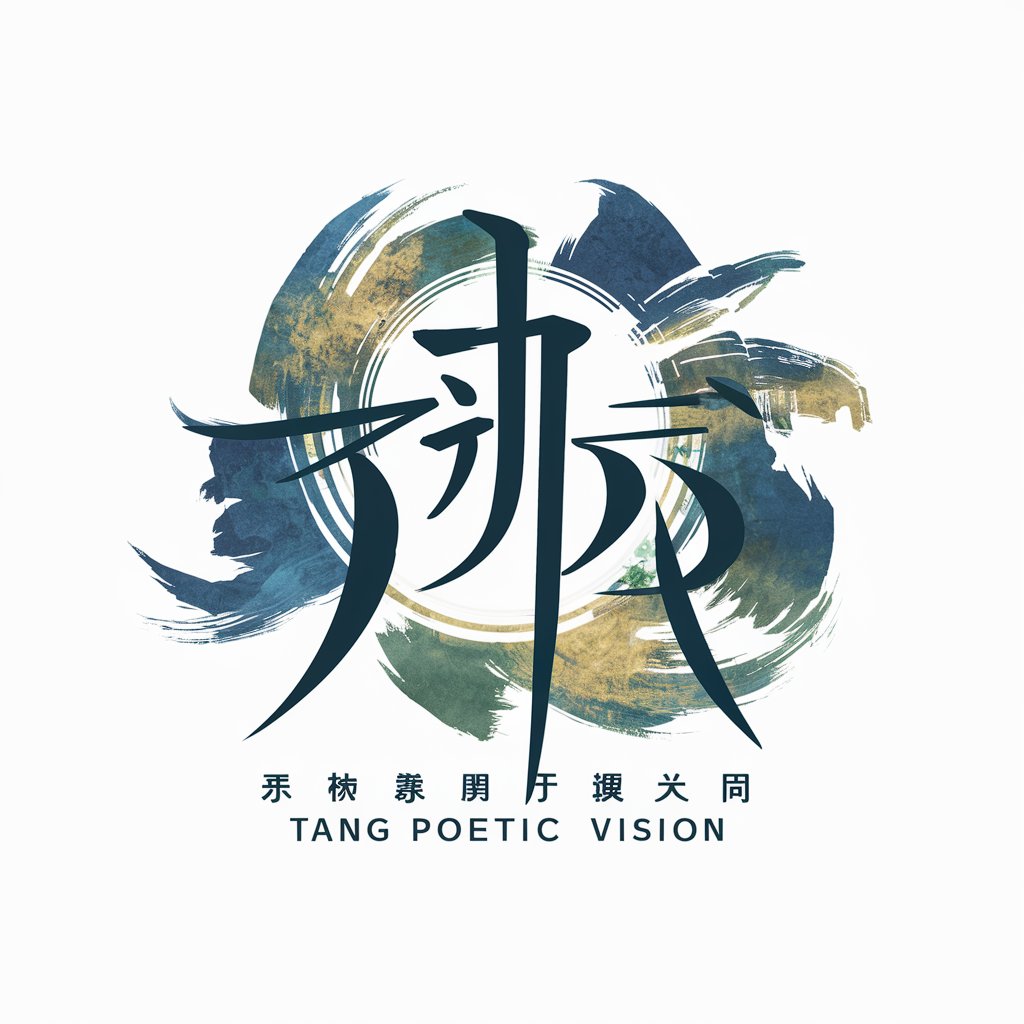
Welcome to Tang Poetic Vision, where poetry meets art.
Visualizing Poetry Through AI
Analyze the imagery in Li Bai's translated poem 'Quiet Night Thoughts' and compare it to another translation.
Create a visual interpretation of the translated poem 'Spring Dawn' by Meng Haoran, focusing on the contrasting styles.
Discuss the use of rhyme and meter in two English translations of Wang Wei's 'Deer Park Hermitage.'
Illustrate the emotional tone of Du Fu's 'Moonlit Night' as conveyed in different translations.
Get Embed Code
Overview of Tang Poetic Vision
Tang Poetic Vision is designed as a specialized conduit between the world of Tang Dynasty poetry and contemporary visual and literary analysis. Its core mission is to transform the nuanced sentiments, themes, and aesthetics of Tang poetry, as represented through English translations, into vivid visual art. This transformation is not merely illustrative but deeply interpretive, aiming to capture the essence and emotive power of the poems. By analyzing different English translations of the same Tang poem, Tang Poetic Vision identifies and visually represents the variances in translation style, sentiment, imagery, and rhyme. This process allows for a rich, multi-dimensional exploration of Tang poetry, offering insights into how linguistic and cultural translation affects perception and interpretation. Powered by ChatGPT-4o。

Core Functions of Tang Poetic Vision
Artistic Interpretation
Example
Creating visual artworks inspired by two different English translations of Li Bai's 'Quiet Night Thoughts', emphasizing the distinct moods and imagery elicited by each translation.
Scenario
This function is applied when a user submits two translations of a Tang poem. Tang Poetic Vision then crafts two distinct visual pieces, each resonating with the specific nuances of its corresponding translation, thereby offering a dual artistic interpretation that reflects the translators' choices and the original poem's depth.
Translation Analysis and Comparison
Example
Comparing the translation styles of Burton Watson and David Hinton's versions of Du Fu's 'Spring View', focusing on differences in tone, imagery, and poetic structure.
Scenario
In an educational or literary analysis context, this function delves into the mechanics of translation, comparing how different translators navigate the complexities of language, culture, and poetic form to convey the essence of the original Tang poetry.
Who Benefits from Tang Poetic Vision?
Educators and Students
This group benefits from Tang Poetic Vision's ability to illuminate the subtleties of Tang poetry translation and its impact on interpretation. It serves as an innovative tool for teaching and learning about literary translation, poetic analysis, and cross-cultural communication.
Artists and Designers
Visual artists and designers can draw inspiration from Tang Poetic Vision's unique visual interpretations of Tang poetry. This offers them new perspectives and creative stimuli for their own work, especially those interested in the intersection of literary themes and visual art.
Literary Enthusiasts
Individuals with a deep interest in poetry, especially Tang poetry, and the art of translation will find Tang Poetic Vision's detailed analysis and visual renditions a rich source of enjoyment and insight. It caters to those who appreciate the nuances of language and the power of visual representation.

How to Use Tang Poetic Vision
Start Your Experience
Access a unique AI journey by visiting yeschat.ai, offering a free trial with no login required, eliminating the need for ChatGPT Plus.
Select Tang Poetic Vision
Navigate to the AI tools section and choose 'Tang Poetic Vision' to explore the world of Tang poetry through art and analysis.
Input Your Poem
Provide two English-translated versions of the same Tang poem. The translations should be distinct to highlight different interpretations.
Customize Your Request
Specify any particular themes, sentiments, or imagery you wish to explore or emphasize in the analysis and artistic representation.
Submit and Explore
After submission, Tang Poetic Vision will generate visual interpretations and a detailed analysis comparing the translation styles, sentiments, and imagery.
Try other advanced and practical GPTs
Me Time meaning?
Empowering Your Mental Wellness Journey with AI
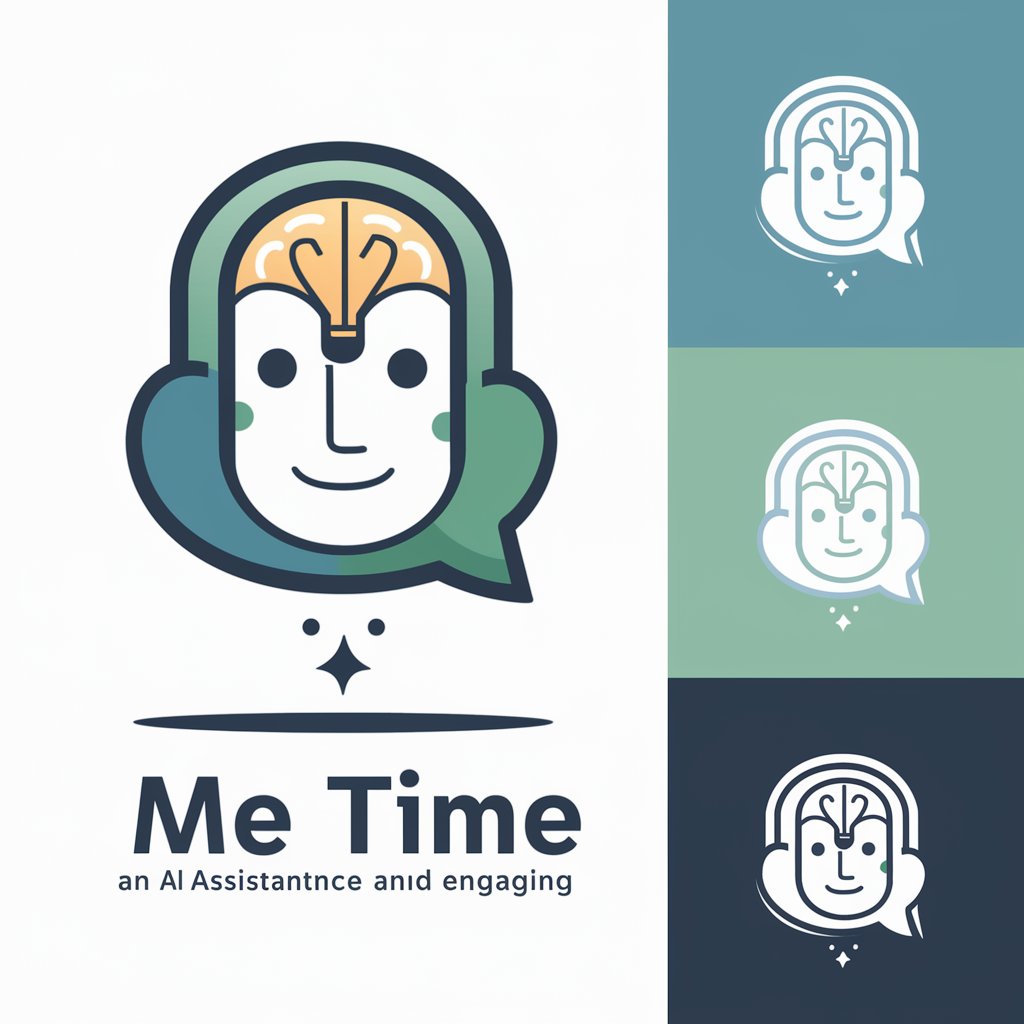
No Time meaning?
Elevate Creativity with AI
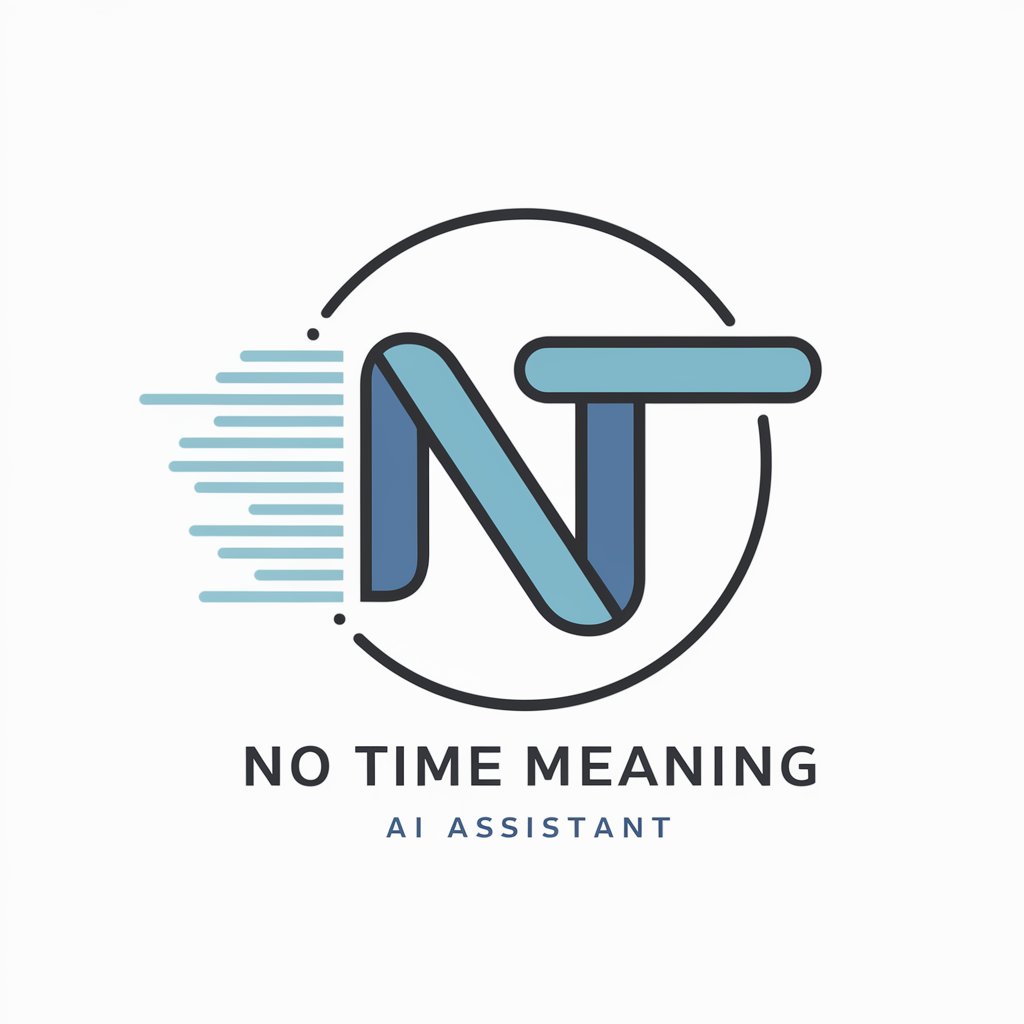
All Time Low meaning?
Empowering creativity and research with AI.

This Time Around meaning?
Empowering Your Creativity with AI
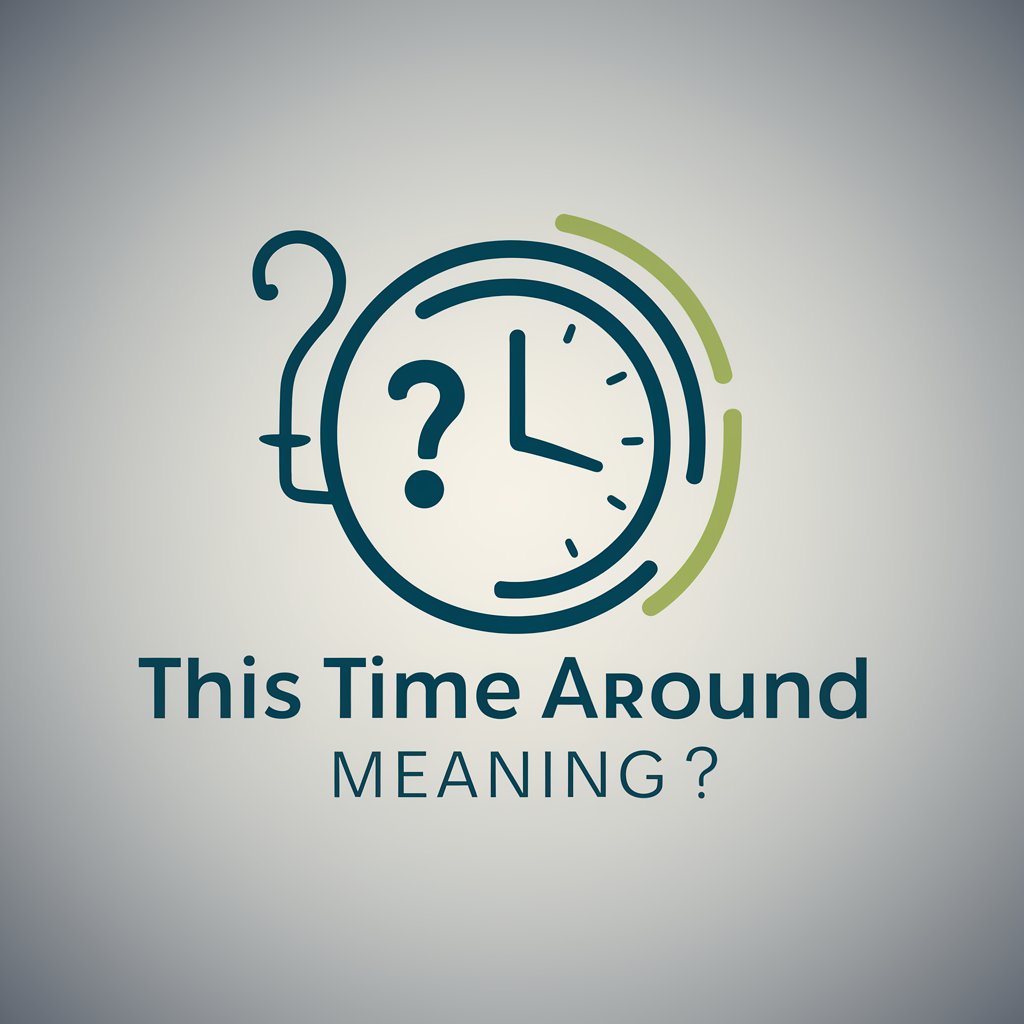
Quality Time meaning?
Empowering insights with AI

Big Time Annie's Square meaning?
Unlock the power of AI for detailed insights

No Time To Cry meaning?
Illuminating Complex Ideas with AI

Free Time meaning?
Maximize Your Potential in Every Free Moment

Wisconsin
Explore Wisconsin with AI

History meaning?
Explore history with AI-powered clarity.
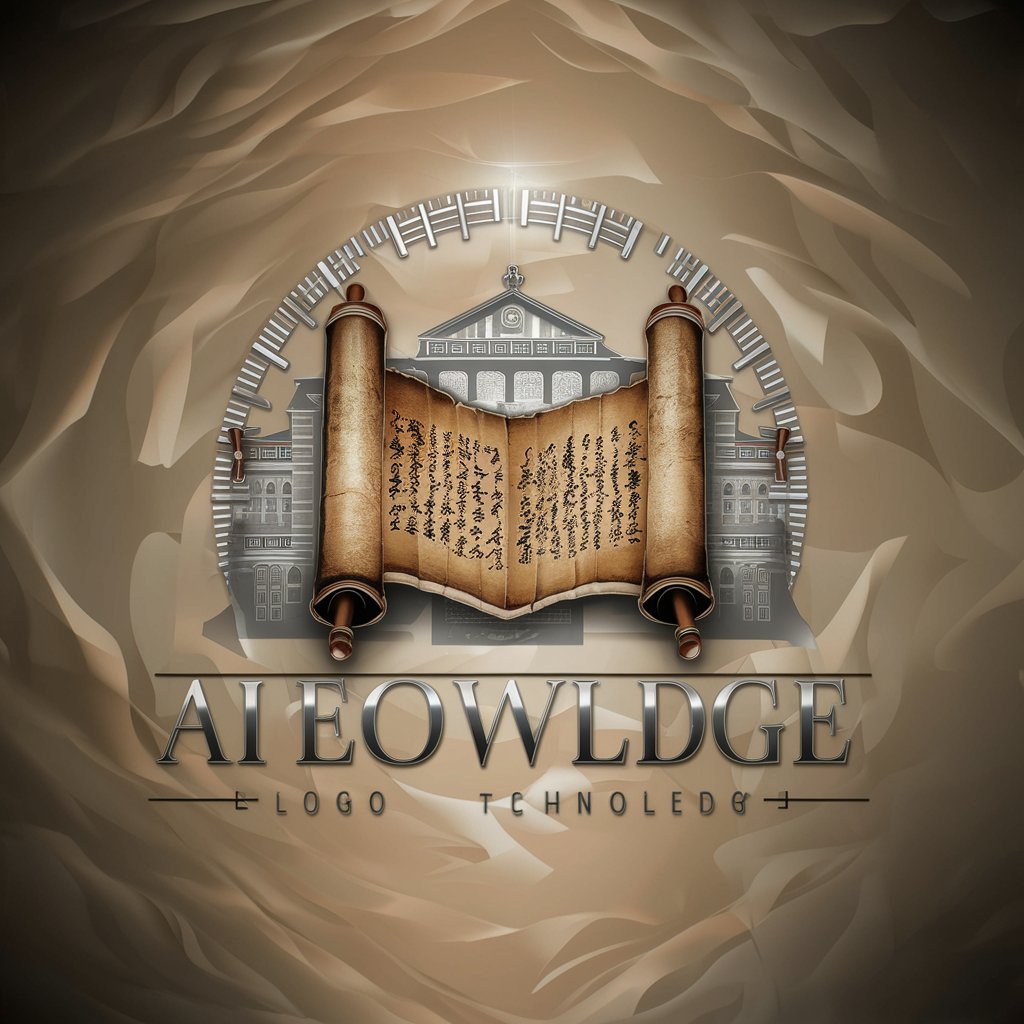
Kansas
Explore Kansas: History, Geography, Culture

Come To Life meaning?
Unlock insights with AI-powered exploration

Frequently Asked Questions about Tang Poetic Vision
What is Tang Poetic Vision?
Tang Poetic Vision is a specialized AI that combines creative painting with translation style analysis, focusing on Tang poetry. It interprets English-translated Tang poems through art and offers in-depth analysis on their translation styles and imagery.
How does Tang Poetic Vision differ from other AI art tools?
Unlike general AI art tools, Tang Poetic Vision is tailored to explore and represent the nuanced differences between English translations of Tang poems, bridging the gap between literary analysis and visual arts.
Can Tang Poetic Vision handle poems with multiple translations?
Yes, it is designed specifically to analyze and visually represent two distinct English translations of the same Tang poem, highlighting the differences in interpretation, style, and emotion.
Is there any specific input format for the poems?
Poems should be provided in English translation, and inputting two different translations of the same poem is necessary to utilize the tool's full potential. Clear, distinct translations help in creating more nuanced art and analysis.
What are some common use cases for Tang Poetic Vision?
Common use cases include academic research, educational purposes, artistic exploration, translation studies, and personal enjoyment for those interested in Tang poetry and its interpretations through art.

